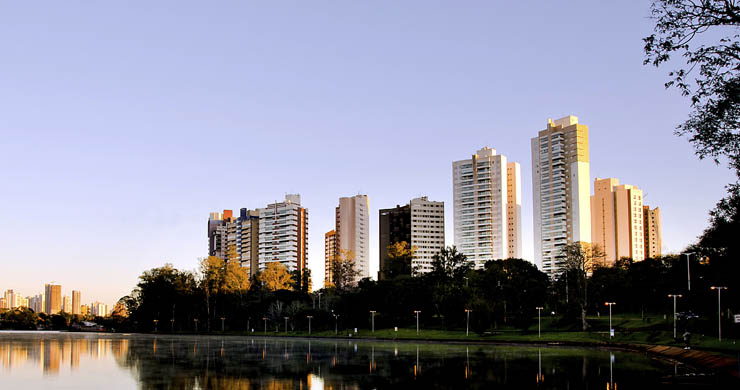Road to Rio Part 1
On the Road to Rio
Although people are still talking about last year’s London Olympics, eyes are already turning to Brazil and the upcoming FIFA World Cup in 2014. Just two years after that the biggest city in the country, Rio de Janeiro, will be hosting the 2016 Olympic Games.
In this issue of Geography in the News we will be looking at Brazil, with a focus on Rio de Janeiro and these spectacular sporting events, in more detail.

Let’s look at Brazil as a whole...
We will first focus on the way in which it has gone from a poor ‘LEDC' country to a global economic powerhouse in a little over 10 years. In the other articles this term we will compare two different cities in Brazil:
- Rio de Janeiro (often just called ‘Rio’) which provides a very good example of the issues faced by cities in the developing world
- Curitiba, which will host lots of World Cup matches, has developed in a completely different way and is one of the most sustainable cities in the world

Rio de Janeiro
Studying Brazil in schools...
In geography lessons we talk about rich countries (More Economically Developed Countries or MEDCs) and poor world countries (Less Economically Developed Countries or LEDCs).
Wales is a good example of an MEDC – although it might not feel like it, you actually live in one of the richest countries in the world!
Until recently, Brazil was used as an example of an LEDC but, over the past five years or so, its rate of development has been so fast that it no longer fits into this category. Now we talk about Newly-Industrialising Countries or ‘N.I.C.s’, and Brazil is a great example along with Russia, India and China.
Brain box...
Economic development and building B.R.I.C.s
Brazil, Russia, India and China (who together are called the ‘B.R.I.C. countries’) are now major economic powers and are changing the way the world works. They are even affecting us here in Wales!

Economic means to do with money - which comes from the work that people do and the industries in their countries. Most countries start off poor and slowly change to become richer by changing the types of work that the people who live there do. Sometimes this process is called economic development.
On the Road to Rio - Development in Brazil
Three things in particular have helped Brazil to develop in recent years:
-
Farming
-
Mineral extraction
-
Manufacturing
Most LEDCs produce and export primary products (things that come directly from the ground like minerals, timber or food). Brazil has a lot of primary resources, in particular good land for farming and minerals that can be mined from the ground.
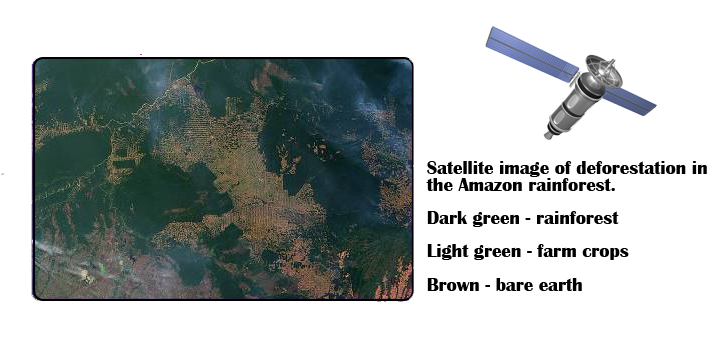
The other area of development has been in secondary products (which are made or manufactured) and the south-east of Brazil in particular has seen a huge increase in manufacturing around the cities of Rio de Janeiro and Sao Paulo.
Development in Brazil - Farming
Although large areas of north-east Brazil suffer from annual droughts and most of northern Brazil is covered by the Amazon Rainforest, a lot of the country is actually perfect for agriculture.
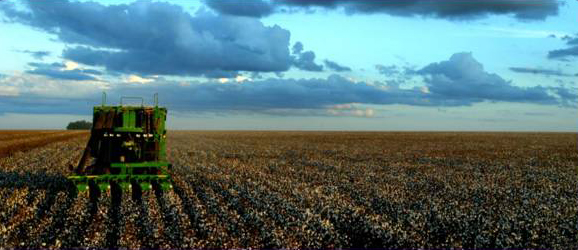
Southern Brazil has the perfect climate and fertile soil for arable farming; growing valuable ‘cash crops’ like coffee and sugar. They also produce lots of staple food crops; foods which are eaten every day like wheat, maize and corn. Sugar is also used to make fuel for cars and trucks – find out more in the brain box below.
Central Brazil has huge areas of natural grassland perfect for pastoral farming (breeding animals like cattle).
Development in Brazil - Mineral extraction
Brazil has huge amounts of minerals like iron ore, gold and precious gemstones. These can be exported to other countries which brings money into Brazil from richer countries like the USA.
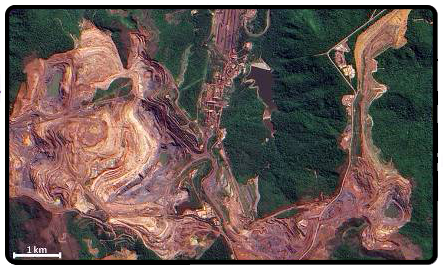 The largest iron ore mine in the world located in the state of pará in the Carajás Mountains of North Brazil. The mine contains billions of tonnes of iron ore as well as gold, nickel, copper and manganese.
The largest iron ore mine in the world located in the state of pará in the Carajás Mountains of North Brazil. The mine contains billions of tonnes of iron ore as well as gold, nickel, copper and manganese.
The primary resources are also used to fuel the growth of domestic manufacturing (making things inside Brazil). Charcoal from the rainforests is used as fuel for smelting ore to get pure metals.
Steel is used in car manufacturing and the world’s biggest and purest deposit of iron ore is at Carajas in the Amazon rainforest (pictured above). Bauxite mines provide aluminium to build aircraft for Embraer S.A. – a giant aerospace company.
Development in Brazil - Manufacturing
Rio de Janeiro and Sao Paulo are cities in the main manufacturing region of Brazil. The entire transport system of Brazil is like a gigantic funnel bringing resources to the area to be used in factories.
There are multinational car companies in the region, including major global brands like Toyota (who also start building engines in north Wales this year). Huge steelworks use the iron that comes from Amazonia and there are ship building, heavy engineering and aircraft factories close by.
The part of a country where most of the manufacturing happens is called the core region or economic core; the other regions which are less developed are called peripheral (on the edge) regions.
Brain box...
Bioethanol – a spoonful of sugar...
Until 2007 just about the only minerals that Brazil didn’t have much of were fossil fuels (oil, coal and gas). This all changed when huge oil deposits were discovered deep beneath the sea bed of the Atlantic coast. It took a lot of engineering but now this oil is flowing and starting to really boost the economy.
But, before the oil was discovered Brazil was one of the world’s biggest bioethanol producers.
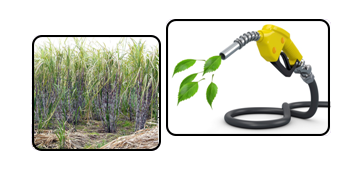
Bioethanol is alcohol made from sugar. It is produced in a similar way to beer and wine and can be used instead of petrol. Before the oil began to flow, this sugary fuel used to power more than half of the cars in Brazil!
Bioethanol is classed as a ‘carbon-neutral’ because the sugar soaks up carbon dioxide from the air as it grows. Fossil fuels, on the other hand, produce enormous amounts of CO2 which scientists believe is affecting Earth’s climate.
Sadly, after the discovery of oil in 2007, the government decided to reduce the price of petrol to speed up development. Bioethanol production reduced as people turned to fossil fuels, although things are now changing back because the USA has made it much cheaper to import bioethanol.
Brazil is once again powering up to be the biggest bioethanol producer and exporter in the world.
On the Road to Rio - Changing times
Brazil started to change quickly in 2002 when President Luiz Inácio Lula da Silva (‘Lula’) became president of Brazil.
Lula used to be a steelworker and campaigned for years for better working conditions for low-paid workers. As president, he really focused on improving life for normal Brazilians. This was a big change from previous governments that were corrupt and power hungry.
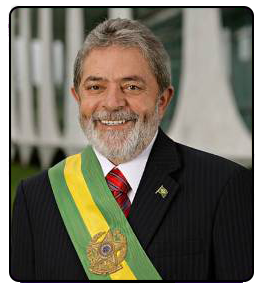
Because of President Lula’s work, Brazil now provides an example to other South American countries to speed up their development.
The next big development push in Brazil will come as a result of both the 2014 FIFA World Cup football tournament and Rio 2016 Olympic Games. We will look at those events more in Issue 22 of Geography in the News.
Pupil Activity
Virtual Fieldtrip:
-
Work in a small group of 2 or 3
-
‘ Visit’ places named in this article virtually using a G.I.S. (Geographical Information System) such Google Earth or Google Maps
-
Look for images on the G.I.S. that show what is happening in different parts of Brazil -
-
the rainforest
-
drought areas
-
giant mines
-
deforestation
-
ship building
-
car factories, etc
-
Print out some of these images or, even better, paste them into PowerPoint so that you can demonstrate your findings to your teacher.
